Introduction
Ensuring the structural integrity of concrete is crucial in the field of civil engineering. Destructive testing is frequently used in traditional methods of evaluating the strength and quality of concrete testing equipment manufacturer which can jeopardize the material’s integrity. A crucial method that enables the assessment of concrete structures without causing any harm is non-destructive testing, or NDT. This article explores the most recent developments in NDT, emphasizing technological breakthroughs and their effects on the sector.
Understanding Non-Destructive Testing (NDT)
The term “non-destructive testing” (NDT) describes a group of methods used to assess the integrity, quality, and characteristics of materials and structures without causing any harm. NDT is essential to the construction, upkeep, and safety assurance of concrete because it enables engineers to identify defects, track durability, and make data-driven structural management decisions.
NDT offers real-time insights while maintaining the structure, in contrast to conventional destructive methods that involve taking concrete cores and testing them in labs, causing irreversible damage. For existing infrastructure, such as bridges, dams, tunnels, and high-rise buildings, where destructive testing might be unsafe or impractical, this capability is especially crucial.
Key Objectives of NDT in Concrete
Assessment of Compressive Strength
- Determining the concrete’s compressive strength is one of NDT’s main objectives.
- Ultrasonic pulse velocity and rebound hammer tests are two techniques that quickly estimate strength without requiring sample extraction.
- For load calculations, structural safety, and regulatory compliance, an accurate strength assessment is essential.
Detection of Cracks, Voids, and Honeycombing
- Concrete’s structural performance is diminished by internal flaws like honeycombing, air pockets, and cracks.
- Even deep within the structure, these defects can be found using nondestructive testing (NDT) techniques like acoustic resonance and ground penetrating radar (GPR).
- Early detection directs focused repairs and helps avert catastrophic failures.
Evaluation of Reinforcement and Corrosion
The state of the steel rebar that is embedded in reinforced concreteTesting equipment manufacturer is very important.
Rebar placement, depth, and possible corrosion are detected using methods like covermeter testing, GPR, and electrical resistivity measurement.
Engineers can use this information to prolong the life of structures and plan maintenance schedules.
Monitoring Durability and Material Uniformity
- NDT aids in evaluating the concrete’s quality, density, and homogeneity throughout the structure.
- Maintaining uniformity lowers the possibility of localized flaws that could jeopardize stability as a whole.
Quality Control During Construction
- During construction, NDT is crucial for confirming the consistency of materials and the caliber of workmanship.
- By enabling prompt remedial measures, real-time testing guarantees that the structure satisfies design requirements before completion.
Advantages of Non-Destructive Testing
- Preservation of the Structure: Because NDT doesn’t harm concrete like core sampling does, the structure can be used continuously while being evaluated.
- Time Efficiency: By eliminating the need for laboratory testing, on-site NDT yields results instantly.
- Cost-Effectiveness: Minimizes the need for extensive repair work, labor, and material waste.
- Predictive maintenance: By keeping an eye on things constantly, engineers can anticipate structural problems and take preventative action.
- Enhanced Safety: Increases worker and occupant safety by identifying hidden defects that may cause structural failures.
Role of NDT in Modern Construction
NDT is a strategic approach to asset management and risk mitigation in contemporary construction projects, not just a testing tool. Engineers can monitor the condition of concrete over time, anticipate possible deterioration, and schedule maintenance in advance by combining NDT with data analytics, IoT sensors, and artificial intelligence.
One of the top manufacturers of concrete testing equipment, Engineering Solution Equipment, creates NDT instruments that blend cutting-edge technologies with conventional testing techniques, including:
- Digital ultrasonic testing systems for accurate pulse velocity measurements
- IoT-enabled sensors for real-time monitoring
- AI-assisted analysis for detecting micro-cracks and defects
NDT is a crucial component of contemporary infrastructure management since these advancements allow construction professionals to apply quality control procedures that are safer, more intelligent, and more economical.
Traditional NDT Methods
Ultrasonic Pulse Velocity (UPV)
UPV measures the time it takes for ultrasonic waves to pass through concrete. The consistency and caliber of the concrete can be determined by the speed of these waves.
Rebound Hammer Test
The rebound of a spring-loaded mass striking the concrete surface is measured using this technique, which is also referred to as the Schmidt Hammer test. An estimate of compressive strength is provided by the rebound value, which is correlated with surface hardness.
Ground Penetrating Radar (GPR)
GPR images the subsurface of concrete structures using radar pulses. It provides a non-invasive way to evaluate internal conditions by assisting in the detection of embedded objects such as rebar, voids, and cracks.
Recent Innovations in NDT
Artificial Intelligence (AI) Integration
Concrete testing has been transformed by the combination of AI and conventional NDT techniques. Large volumes of data from NDT equipment can be analyzed by AI algorithms, which can then spot trends and abnormalities that human inspectors might miss. Predictive maintenance and assessments become more accurate as a result.
Internet of Things (IoT) Enabled Equipment
IoT sensors are increasingly being integrated into contemporary concrete testing apparatus. Real-time data collection from these sensors allows for remote monitoring and analysis. Additionally, IoT-enabled equipment can anticipate maintenance requirements, which lowers downtime and boosts productivity.
Robotic Inspection Systems
To automate the inspection process, robotic platforms with NDT tools are being developed. The safety and accuracy of inspections are increased by these robots’ ability to reach difficult-to-reach places, take precise measurements, and produce thorough reports.
Advanced Imaging Techniques
Improved imaging capabilities are provided by methods such as Acoustic Resonance Technology and Phased Array Ultrasonics. By offering in-depth internal photos of concrete structures, these techniques enable the identification of minute flaws and reveal information about the characteristics of the material.
Cosmic Ray Technology
Cosmic rays are a new technique for evaluating concrete structures. This technology offers a novel approach to NDT since it can pierce thick materials and produce fine-grained images of internal structures.
Role of Concrete Testing Equipment Manufacturers
In order for engineers and construction professionals to accurately evaluate the quality and durability of concrete structures, manufacturers of concrete testing equipment are essential to the advancement of non-destructive testing (NDT) technologies. They are innovators, educators, and facilitators of safer, more effective construction methods, so their contributions go far beyond just making tools.
Development of Advanced NDT Equipment
In order to produce equipment that satisfies the changing demands of the construction industry, manufacturers such as Engineering Solution Equipment, a top manufacturer of concrete testing equipment, make significant investments in research and development (R&D).
- Integration of new technologies: Contemporary NDT equipment integrates cutting-edge imaging, artificial intelligence, and Internet of Things sensors with conventional techniques like ultrasonic pulse velocity (UPV) and rebound hammer tests.
- Improved precision: Even in complex structures, accurate and dependable results are guaranteed by top-notch sensors, strong calibration systems, and AI-assisted data analysis.
- User-friendly designs: Engineers can conduct tests more easily without specialized training thanks to portable, ergonomic, and intuitive devices.
For instance, Engineering Solution Equipment has created AI-enabled UPV systems that automatically detect microcracks by analyzing wave propagation, giving engineers immediate, useful information.
Training and Skill Development
The effectiveness of even the most sophisticated equipment depends on the user. Manufacturers actively support engineers’ and technicians’ education and skill development.
- Interactive workshops: Hands-on training sessions aid operators in comprehending data collection, analysis, and equipment operation.
- Programs for certification: Standardized certifications guarantee that operators are competent in operating machinery in accordance with industry standards.
- Ongoing education: When new software or technology is released, manufacturers offer refresher courses and updates.
Impact: Engineers can confidently carry out accurate, dependable NDT with well-supported equipment, lowering errors and enhancing safety throughout building projects.
Innovation and Customization
The size, design, and material requirements of construction projects vary, and equipment manufacturers provide tailored solutions in response:
- Tools unique to a project: Equipment for bridges, dams, high-rise buildings, and industrial structures is supplied by manufacturers.
- Multifunctional devices: To save time and simplify operations, some equipment integrates several NDT techniques into a single unit.
- Software integration: For thorough monitoring, contemporary devices frequently integrate with cloud platforms, BIM software, and predictive analytics tools.
For instance, modular NDT platforms from Engineering Solution Equipment enable engineers to alternate between ultrasonic, GPR, and rebound testing based on project needs.
Ensuring Standardization and Compliance
Industry standards must be followed for concrete testing to be reliable. Manufacturers make certain that their machinery conforms with national and international regulations, including ISO, IS, and ASTM standards.
- Accurate calibration: For reliable operation, equipment is calibrated in the factory and certified regularly.
- Reporting and documentation: Standardized reports that meet legal requirements are produced by digital devices.
- Support for audits: Manufacturers offer documentation and advice to back up regulatory approvals and inspections.
Impact: By guaranteeing consistent, comparable, and legally defensible test results, standardized equipment lowers the liability risks for engineers and contractors.
Driving Research and Industry Collaboration
Additionally, manufacturers support innovation and research in concrete testing:
- working together to test new techniques and materials with academic institutions, research facilities, and construction companies.
- creating AI algorithms for early defect detection and predictive maintenance.
- exchanging knowledge about NDT best practices for major infrastructure projects.
To help the industry adopt innovative solutions safely and effectively, Engineering Solution Equipment, for example, collaborates with civil engineering institutes to pilot new NDT technologies.
Supporting Sustainability and Safety
Additionally, modern concrete testing equipment promotes worker safety and sustainable construction:
- By removing the need to destroy concrete samples, non-destructive testing minimizes waste.
- Human exposure to dangerous or difficult-to-reach locations is reduced by robotic and remote-controlled equipment.
- By extending the lifespan of structures, data-driven predictive maintenance lessens the environmental impact of reconstruction and repair.
Challenges and Future Directions in Non-Destructive Concrete Testing
Although advancements in non-destructive concrete testing (NDT) have revolutionized the building sector, there are obstacles to overcome before these technologies can be widely used. NDT can be applied successfully and dependably to a variety of projects if these issues are recognized and future planning is done.
1. Data Management
Large amounts of data are produced by contemporary NDT techniques, particularly those that make use of AI, IoT, and sophisticated imaging. For instance, gigabytes of data can be obtained from a single structural scan using a phased array ultrasonic device or robotic GPR system.
Challenges:
- Large datasets require reliable software and cloud infrastructure for processing, storing, and analysis.
- Data security and integrity must be guaranteed, especially for projects involving sensitive infrastructure.
- It takes competent engineers who can discern between potential flaws and typical variations to interpret complex datasets.
Future Direction:
To help engineers make well-informed decisions more quickly, companies such as Engineering Solution Equipment, a top manufacturer of concrete testing equipment, are creating integrated software platforms that automate data processing, produce visual insights, and offer predictive analytics.
2. Standardization of Testing Methods
Standardized testing procedures are urgently needed, given the quick development of new NDT technologies. Without standardization, data may not be as reliable or comparable across projects, operators, or equipment.
Challenges:
- Different technologies (e.g., ultrasonic, GPR, acoustic imaging) often require unique calibration and interpretation methods.
- Lack of global or national standards can make it difficult to certify structural integrity across multiple sites.
Future Direction:
Guidelines for integrating AI, IoT, robotics, and advanced imaging in NDT are being updated by industry associations such as ASTM, IS, and other international bodies. To make sure their equipment complies with both established and new standards, manufacturers such as Engineering Solution Equipment work closely with these groups. Standardized processes will promote broader adoption in major infrastructure projects and increase trust in NDT results.
Training and Skill Development
Trained personnel with the ability to handle complex devices, software, and data interpretation are necessary for advanced NDT equipment. Both the technology and the operator’s skill level affect how effective NDT is.
Challenges:
- A lack of qualified engineers with knowledge of both contemporary and conventional NDT methods.
- Continuous training is required due to the rapid advancements in technology.
- Risks to structural safety or expensive mistakes can result from misinterpreting NDT results.
Future Direction:
To guarantee that engineers can get the most out of their equipment, businesses such as Concrete Testing Equipment Manufacturing Engineering Solution Equipment provide thorough training courses, certifications, and practical workshops. In order to lower learning curves and improve accuracy, AI-guided training systems, virtual simulations, and remote support for NDT staff may also be integrated in the future.
Cost and Accessibility
Adoption in small to mid-sized projects may be limited by the high cost of cutting-edge NDT technologies like robotic crawlers, sophisticated imaging systems, and AI-powered analysis.
Challenges:
- high upfront expenditures for advanced machinery.
- Smaller contractors may rely on older, less accurate methods.
- For sophisticated tools, calibration and maintenance expenses can be high.
Future Direction:
Costs are steadily declining, and accessibility is increasing thanks to advancements in cloud-based solutions, IoT integration, and equipment design. Modular, scalable, and multifunctional NDT systems that can efficiently support both small and large projects are the focus of manufacturers such as Engineering Solution Equipment. Modern NDT techniques will eventually become more widely available, enabling even smaller projects to take advantage of them.
Integration with Predictive Maintenance
NDT’s future depends on its ability to forecast structural deterioration in addition to defect detection. Predictive analytics and NDT integration can help foresee maintenance requirements before issues become serious.
Challenges:
- Accurate predictive models require high-quality historical data.
- Integration of NDT data with building information modeling (BIM) systems can be complex.
Future Direction:
In order to enable engineers to plan repairs, replacements, or reinforcements, manufacturers such as Engineering Solution Equipment are creating AI-driven predictive maintenance platforms. This method prolongs the life of concrete structures, lowers repair expenses, and decreases downtime.
Non-destructive concrete testing is expected to become even more dependable, effective, and extensively used by tackling these issues through training, standardization, cost optimization, and predictive technologies.
Conclusion
The way engineers assess concrete structures has been completely changed by non-destructive testing, or NDT. Destructive sampling, which jeopardizes the material being tested, is no longer necessary to evaluate structural integrity. Thanks to ongoing technological developments, concrete performance can now be tracked, assessed, and predicted without causing any harm.
A paradigm shift in the construction industry is represented by the innovations covered in this article, which range from robotic inspection systems, advanced imaging techniques, and even cosmic ray technology to artificial intelligence (AI) and Internet of Things (IoT) sensors. In addition to enabling more thorough and accurate evaluations, these tools also improve safety, lower human error, and save a substantial amount of time and money on large-scale projects.
Large volumes of data gathered from ultrasonic devices, rebound hammers, or GPR systems are analyzed by AI-powered NDT tools, which reveal patterns and possible flaws that might otherwise go overlooked. Predictive maintenance is made possible by this, enabling engineers to take action before small problems escalate into significant structural issues. In a similar vein, IoT-enabled devices offer real-time monitoring, guaranteeing that the concrete satisfies necessary quality standards both during and after curing. By reaching dangerous or difficult-to-reach places, robotic inspection systems increase accuracy while preserving worker safety and producing reliable, repeatable results.
Concrete structures can be seen inside in great detail thanks to advanced imaging technologies like acoustic resonance and phased array ultrasonics. By doing so, engineers can identify microcracks, delamination, or changes in density and take preventative measures before damage becomes apparent. Going forward, new technologies like cosmic ray tomography present previously unheard-of chances to examine large concrete constructions like high-rise foundations, nuclear containment buildings, and dams, uncovering structural irregularities and hidden voids that were previously impossible to find.
These developments are largely driven by manufacturers such as Engineering Solution Equipment, a top producer of concrete testing equipment. They guarantee that engineering professionals and construction companies have access to the most precise, dependable, and user-friendly NDT equipment by creating tools that combine AI, IoT, and advanced imaging. Additionally, they enable engineers to fully utilize these technologies for safer and more effective construction practices by providing technical support and training programs.
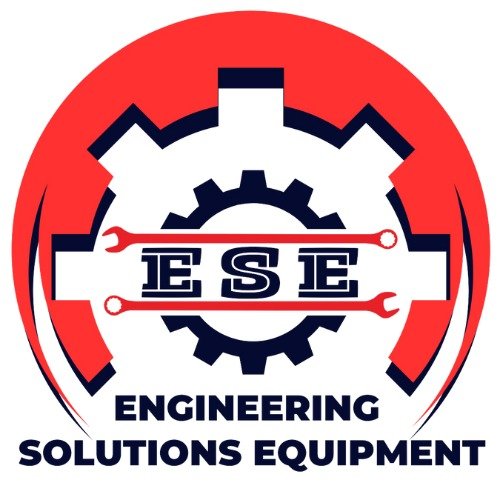

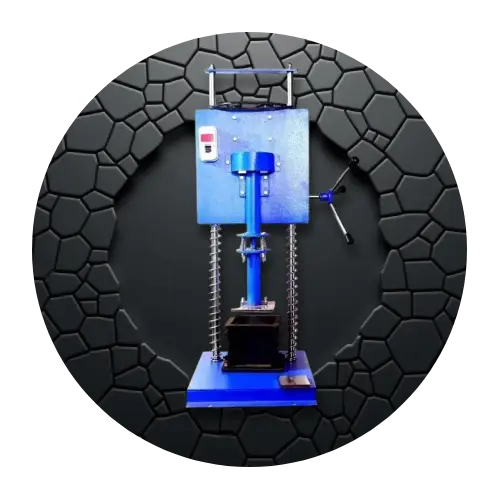
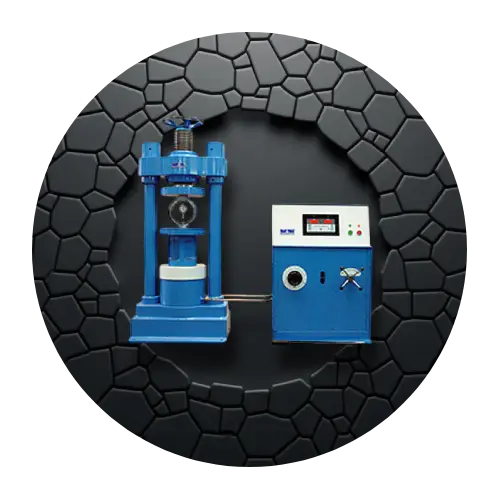
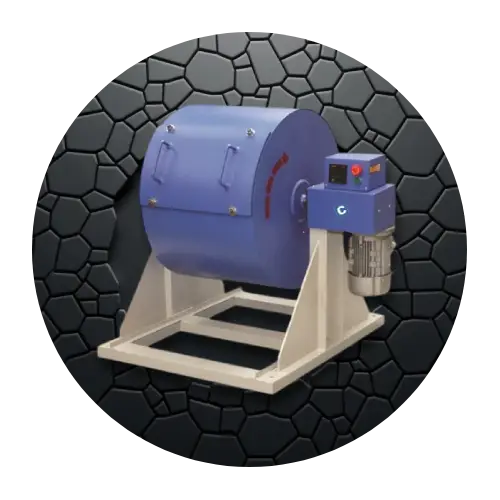
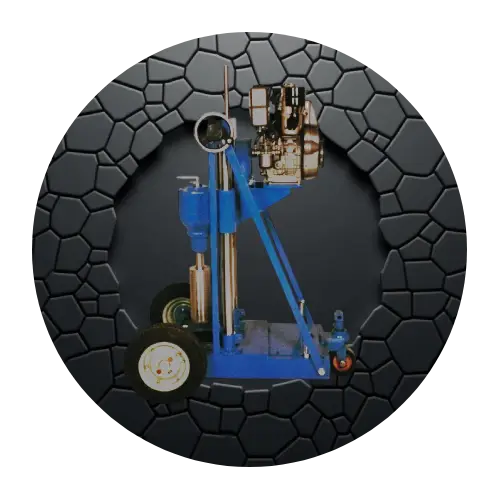
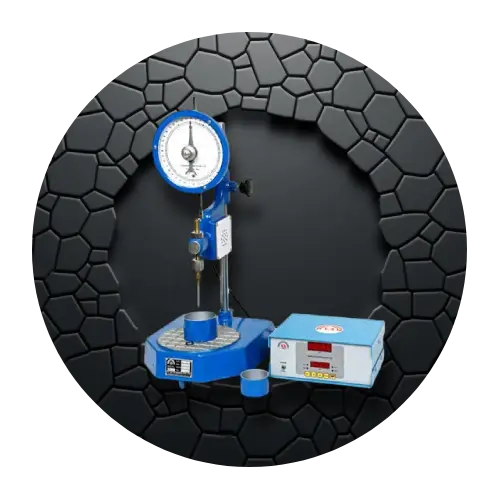



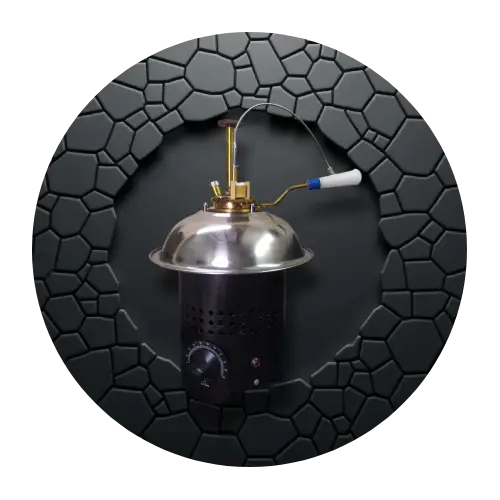



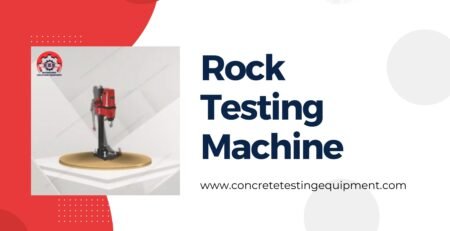









Leave a Reply